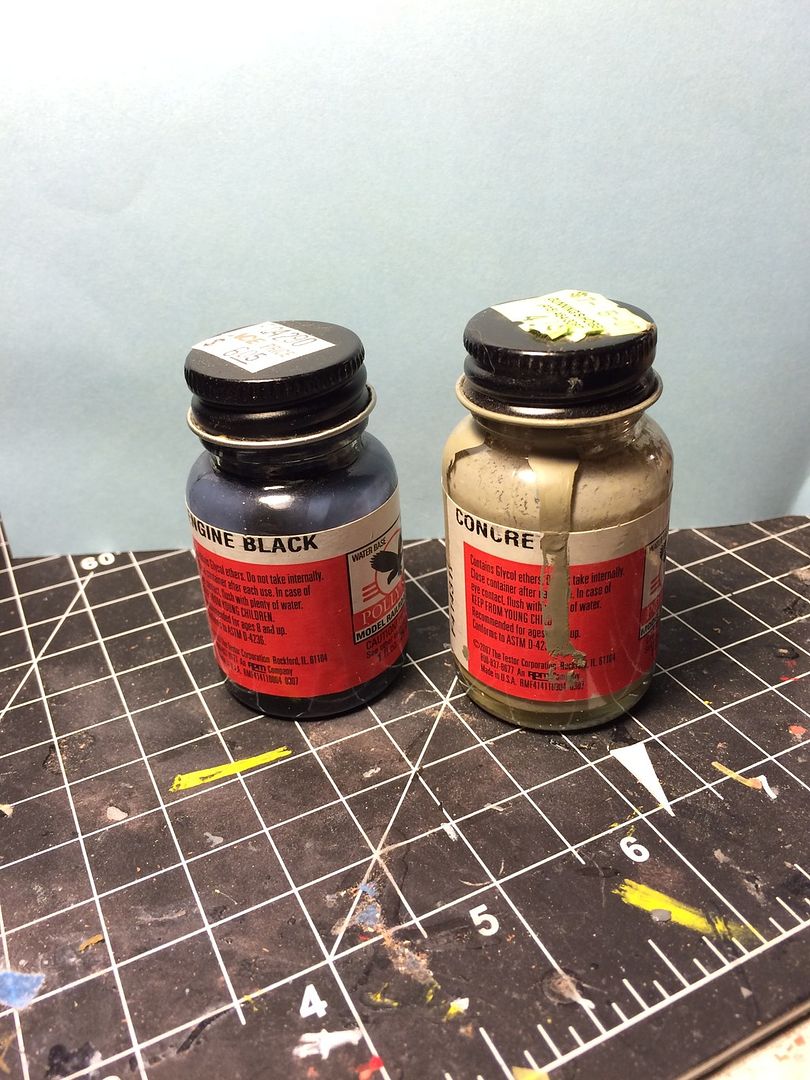When I was working on my little model of the Bounty (that was almost 40 years ago - beware), I read everything about the mutiny that I could get my hands on. I think it’s a fascinating study of human relations, sociology, and psychology.
Lieutenant Bligh’s disciplinary statistics have been compared to the norms in the Royal Navy at the time. Bligh ordered fewer floggings than the average, and in general showed somewhat more concern for his crew’s welfare than the rules required. Which is not to say that he was a nice, likable young man. (He was 34 at the time of the mutiny.) He was insensitive to other people’s feelings, had a short temper, and was known for his foul mouth - which in the Royal Navy was quite an accomplishment.
Cram 45 young and middle-aged men, and no women, into a 90-foot-long wooden box (or more correctly about a third of it, the rest being stuffed with equipment and provisions) for eleven months. Men who, for the most part, have grown up with all the privations and hardships of the working classes in eighteenth-century Britain. During those eleven months, sail the wood box halfway around the world (including an unsuccessful attempt to round Cape Horn). Then turn those men loose in Tahiti, where there are plenty of women, limitless free, good-tasting food, constant good, tropical weather, and virtually no rules governing amorous relationships (or anything else).
Leave those men there, with almost nothing to do, for five months, while the breadfruit goes through its dormant period and gets harvested. Then stuff them back into the wood box (with lousy food, no personal privacy, Royal Navy discipline, physically exhausting work, and no female companionship), offering them the prospect of staying cooped up in said box, with an obtuse, insensitive, foul-mouthed boss, for many more months, followed by, at best, a lifetime of misery and privation (in either the Royal Navy or working-class Britain, which was just about as bad).
The British working class endured misery and privation (by 2016 standards) because there was no prospect whatever of living any other way. The crew of the Bounty had learned that life could in fact be a whole lot better and easier. And the only thing stopping them from spending the rest of their lives in paradise was the I’ll-mannered, obtuse, self-centered jerk on the quarterdeck.
With 20-20 hindsight, it’s remarkable that so many people, from the Admiralty down to Mr. Bligh, thought it was possible that there wouldn’t be serious disciplinary trouble during that mission. If Horatio Nelson had been in command of the Bounty, I’m not at all sure he could have stopped the mutiny.
If you’re looking for a good summer read, try Dudley Pope’s The Black Ship. It’s the story of the mutiny on board the frigate HMS Hermione in the West Indies in 1797. The captain, Hugh Pigot, really was a tyrant. One night several sailors broke into his cabin, hacked him to death with their cutlasses, and threw what was left of him out one of the transom windows. Then they slaughtered most of the officers and turned the ship over to the Spanish.
Now that was a mutiny.
